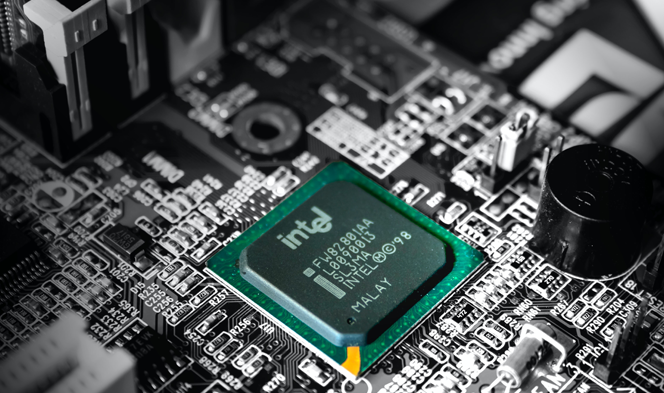854
The Casual Tech Consumption - Not so Casual Anymore
04 Sep, 2020
5 min read
854
04 Sep, 2020
5 min read

Folding phones are no longer 1st gen. They are officially in the second year of their lives and seem to have learnt a lot from the 1st gen products. Let’s explore the purpose of them.
Currently they are futuristic, expensive devices that no one needs. But they are doing a good job of getting us to think about where the devices we keep in our pockets are going.
Over 15 years ago, we didn’t use touchscreens with our fingers if at all. There were awkward styluses that could do limited things and those devices were not for everyone. Now, if a mobile device doesn’t have a touchscreen, it is the odd one out.
Folding phones are sort of our search for wanting even more screen space from our devices.
Having never held one of these phones in my hands, I am not going to talk about them, just how they may indicate and or pioneer the changes in our gadgets.
If I have to read a lengthy article, I often delay it until I am on my computer or tablet rather than my phone. Both of those devices make the experience more immersive. I am also the kind of reader that likes to look up the things mentioned in the article while reading and hate it when the redirection covers the thing I am reading. Phones do this.
However, I can’t immediately open my computer for this whenever I come across an interesting story. I will take this moment to say I am embarrassed about the number of articles I bookmark to read later and never get to them.
When folding phones become as casually available touchscreen phones are now, it might be much more accessible to do “computer things” on it without having to use a computer. This is especially true when office use applications also start being available in a more mobile format. It is a change that has already begun.
Moreover, app design will change and responsive design will take on a more robust, intentional change. Tablet apps shouldn’t just be blown up versions of their phone counterparts. They should be made better to actually take advantage of the larger screen and perhaps the difference in how the bigger device manages things like windowing.

Such a change in the mobile form factor changes the app design and even app function. And that’s something, those of us who make app solutions, need to start thinking about and tinkering with.
In iterative updates in the tech world, Intel’s latest, 11th Gen Tiger Lake processors are out. The improvements are expected and largely necessary.
There was a point in time when Intel was the only household name in a household that just wanted to buy a computer for everyday casual use. Its iconic bong has been a popular sound for many.
Now that tech and gadgets are way more front and center in a casual user’s household as well, everyone knows the names of Qualcomm, Exynos, and AMD. While not everyone knows which is used for what gadget, Intel is definitely not the one single name everyone knows.
This has made Intel dig a little deeper into improving themselves. The announcement closely follows Apple’s announcement of building their own silicon and leaving Intel processors behind. In a couple of years. Knowing how good Apple’s mobile processors are, we know that they know what they are doing. Intel might be a little butthurt and in need to pull up their socks and get to work.
Due to changes happening across the board, we are not just looking for a processor that’s fast, but one that can support 5G, Wifi 6, Thunderbolt 4, long battery life, and high res screens with high refresh rates.
While these requirements used to be limited for a few niche users, the casual consumer also wants the best. The computers we use are not luxury devices anymore, they are a necessity for work, education, and entertainment.
Devices with these processors are hitting shelves later this year. And so are the ones with Apple’s in house silicon. It’ll be interesting to see which one can hold the fort.

68
By Biztech
09 Oct, 2025

75
By Biztech
09 Oct, 2025

91
By Biztech
06 Oct, 2025